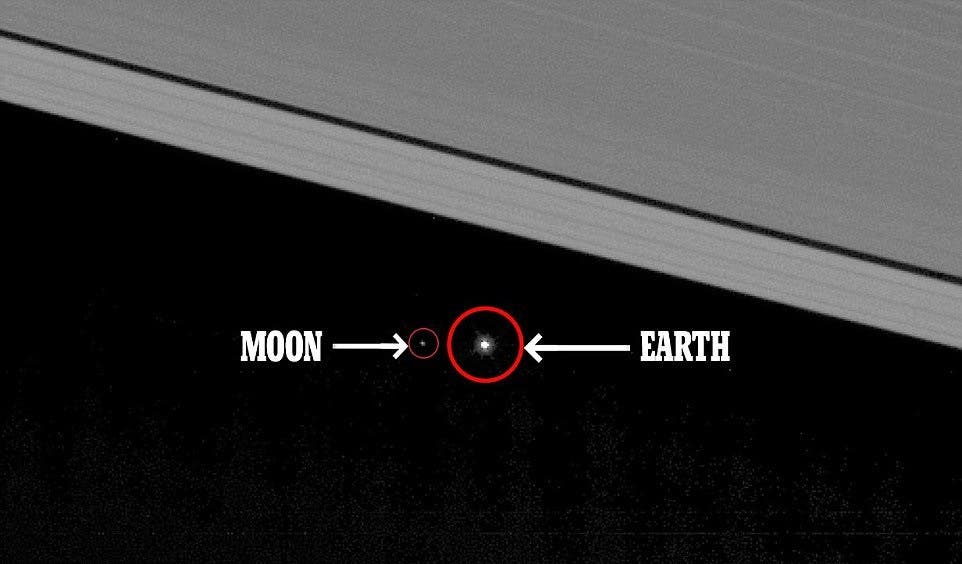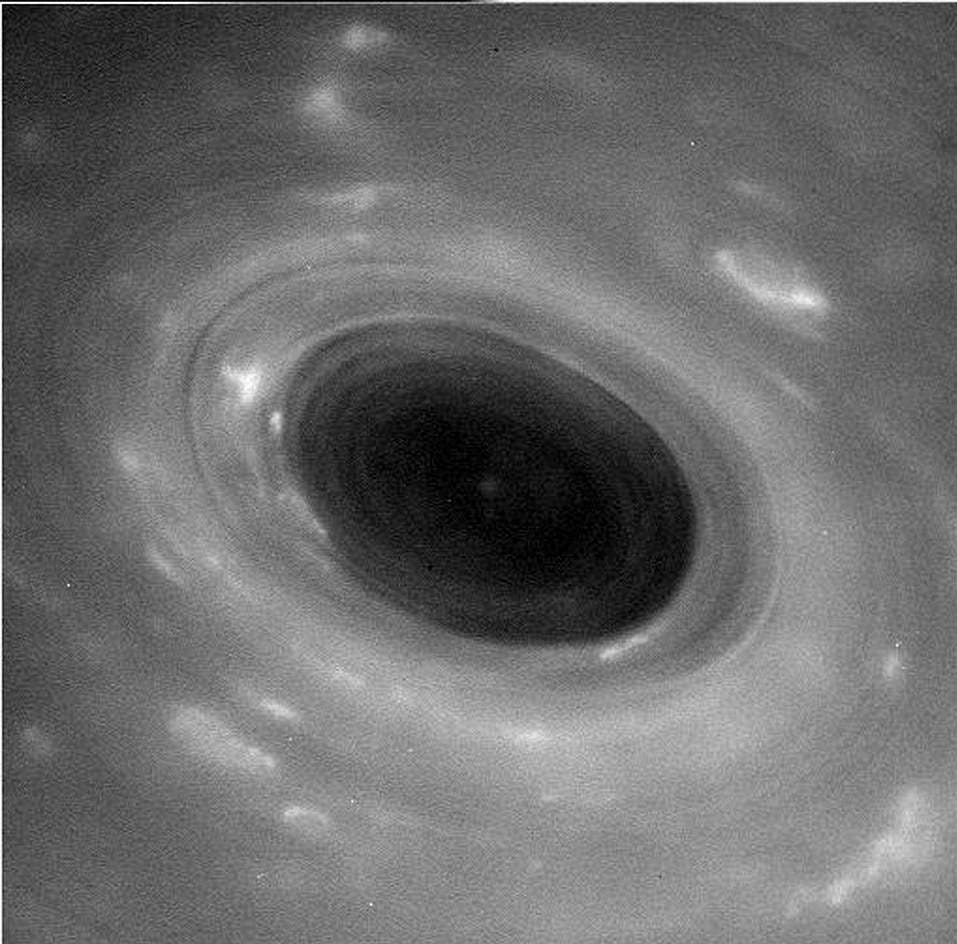Last week, NASA’s Cassini probe performed the first dive around Saturn’s rings as part of its Grand Finale — a series of hula hoop jumps through the gaps of Saturn’s rings before the spacecraft is scheduled to crash in the planet’s atmosphere. We learned quite a lot from this episode, such as that the gap between the gas giant’s rings is more or less empty. Apparently, not only did Cassini acoustically record what happened as charged particles whizzed past the spacecraft, it also filmed Saturn’s atmosphere as it traveled above it. Hit play for a glimpse of this one-of-a-kind spectacle.
What you’re seeing here compressed in less than a minute was actually filmed over an hour and then sped up. Cassini captured shots of the planet’s whirling atmosphere as it traveled southward from 45,000 miles above the surface at the start of the video to 4,200 miles by the end of the show. This is why the quality of the video seems to abruptly change since “the smallest resolvable features in the atmosphere changed from 5.4 miles (8.7 kilometers) per pixel to 0.5 miles (810 meters) per pixel,” NASA explained in the press release.

This amazing photo was shot by Cassini on April 12 at a distance of 1,400 million km from Earth. Image Credit: NASA/JPL
One of the highlights is the flyby above Saturn’s famous hexagon-shaped cloud patterns. These can be twice as wide as Earth’s diameter and are formed by jet streams.
“I was surprised to see so many sharp edges along the hexagon’s outer boundary and the eye-wall of the polar vortex,” said Kunio Sayanagi, an associate of the Cassini imaging team based at Hampton University in Virginia, in a statement. “Something must be keeping different latitudes from mixing to maintain those edges,” he added.
If you thought this video was impressive, the next passes should render even sharper and captivating interesting images after the Cassini team change the spacecraft’s “conservative” camera settings.
Cassini will make about 20 more passes around Saturn and its rings before finally making its final jump into the planet’s atmosphere sometime in September 2017.
“The spacecraft is now on a ballistic path, so that even if we were to forgo future small course adjustments using thrusters, we would still enter Saturn’s atmosphere on Sept. 15 no matter what,” said Earl Maize, Cassini project manager at JPL.











